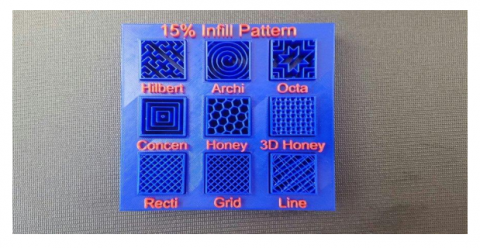University of Texas Thesis Improves Tensile Strength of FDM Parts Through Annealing and Pressure
Improving strength in parts is a topic of ongoing study in 3D printing, and thesis student, Rhugdhrivya Rane, at The University of Texas at Arlington, recently tackled the subject further in ‘Enhancing Tensile Strength of FDM parts using Thermal Annealing and Uniaxial Pressure.’ Rane opens by discussing the revolutionary and disruptive qualities of 3D printing but points out that there are obvious challenges in producing parts that are strong enough for many applications.
‘Inherent deficiency of weak tensile strength’ is often caused by weak polymer interfaces, with insufficient mechanical properties found in the z-plane direction.
“This deficiency in mechanical properties is due to the weak Inter-laminar bonding in the adjacent layers of FDM parts leading to an overall reduction in part strength,” states Rane. “Thus, to enhance the use of FDM parts in actual engineering application and not just artistic renderings, the overall anisotropy of the parts has to be reduced while increasing the strength.”
As the researcher investigated thermal annealing, and thermal annealing with unidirectional mechanical pressure in the Z direction, Rane’s overall goal was to figure out how to increase inter-bead bond strength overall, 3D printing a variety of specimens in ABS and testing them in different temperature ranges and pressure gradients. He also studied bond lengths and resulting effects on tensile strength.
FDM 3D printing was chosen as the method for testing due to its increased popularity in the mainstream today, which Rane attributes to simplicity and affordability—along with the use of ABS as a material, due to its potential in so many applications. His research delves further into why there are issues with FDM parts, but also how strongly they are affected by parameters chosen by the user. Rane states that such parameters played a large part in his study, especially as they allowed for comparisons in settings and post-printing. Attention was also paid to infill percentages and patterns, as they are closely related to strength.




